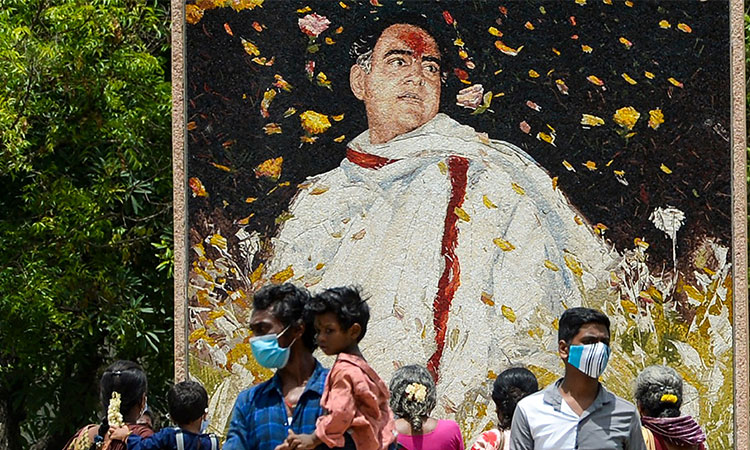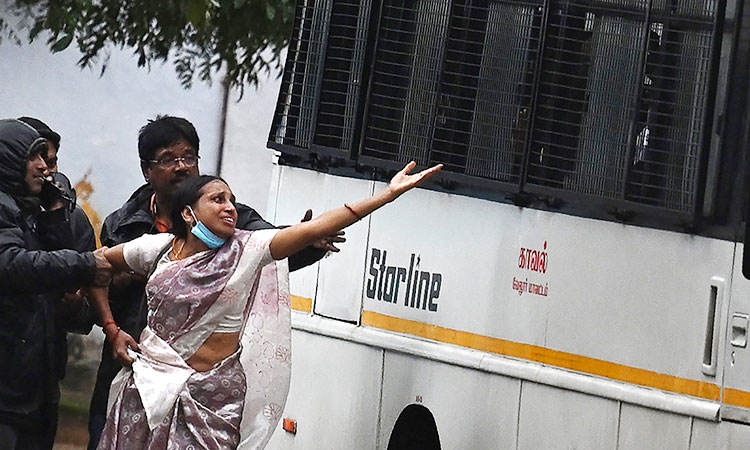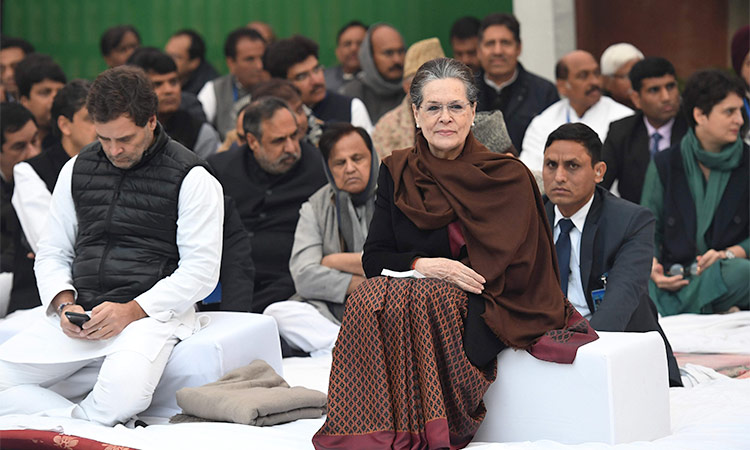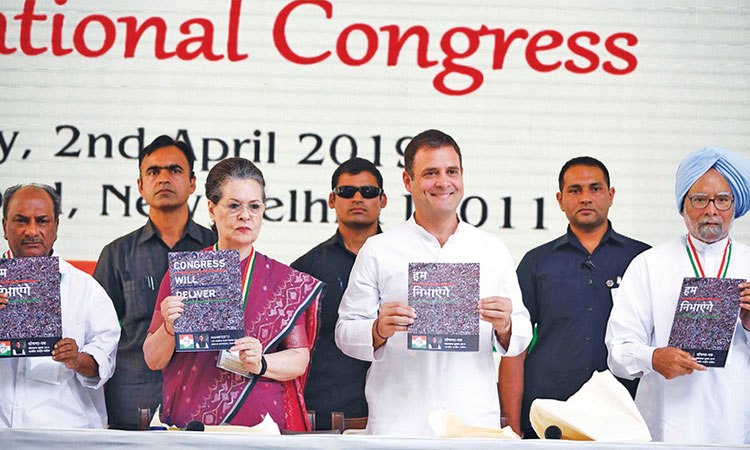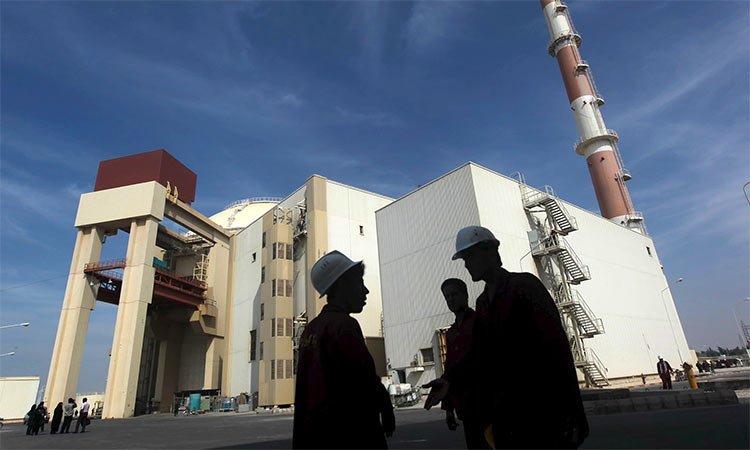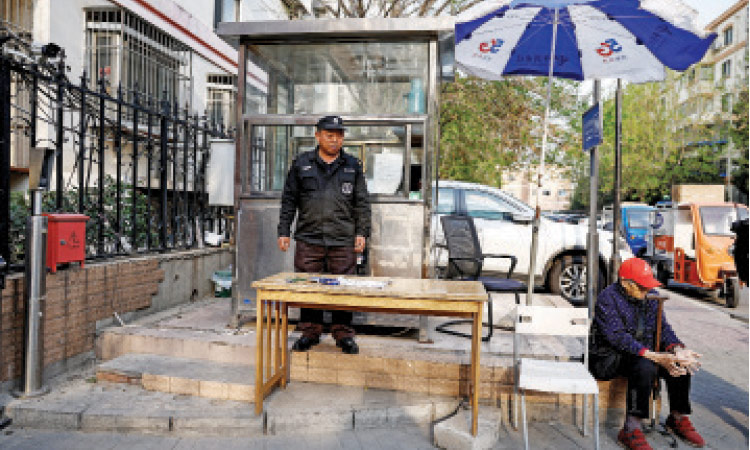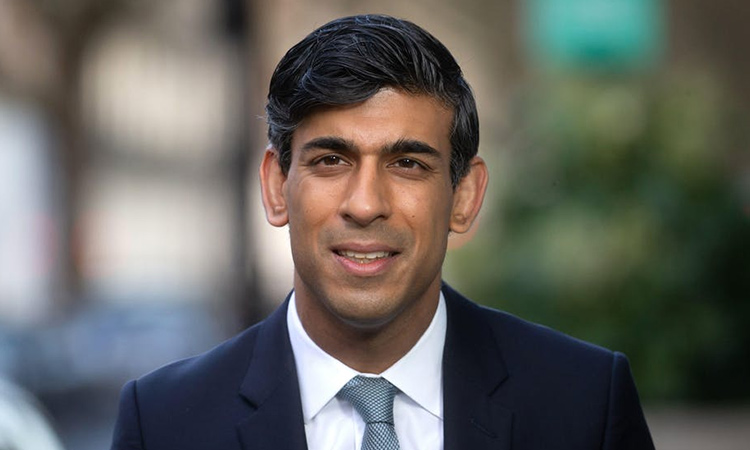30 years of India’s market reforms
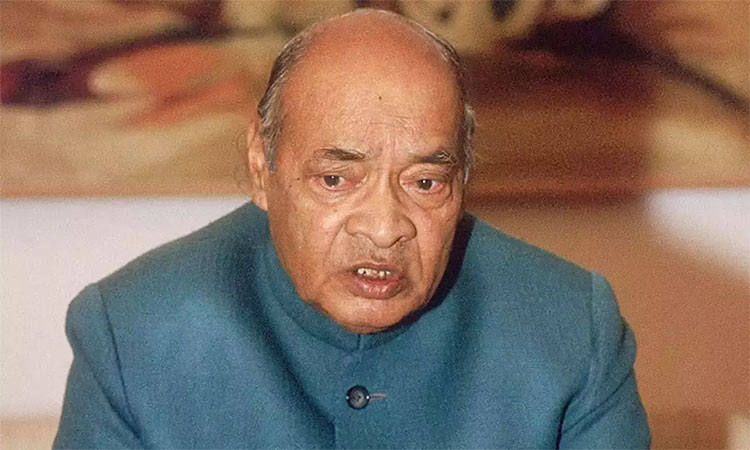
Narasimha Rao
The Congress party had to choose a leader even as party leaders wanted Sonia Gandhi, widow of the slain leader, to take over and she refused. The leadership mantle fell on a man who had packed his bags to live in retirement. P V Narasimha Rao, the man who was elected president of the party, was never a frontline leader. He was a quite background man, who drafted party resolutions.
So, when the Congress Party emerged as the single largest party with 242 seats, 40 seats behind the simple majority, Rao and his party were in an unenviable position. And when Rao formed the government, he had to take the toughest decisions ever taken by a prime minister since independence. The International Monetary Fund (IMF) laid down tough conditionalities for bailing out the country, and they had insisted that a non-political man had to be made the finance minister.
Dr Manmohan Singh, who had earned his doctorate degree from the University of Cambridge and who believed that exports were necessary to sustain economic growth, took charge and took the steps towards dismantling India’s closed and controlled economy.
Overnight the country was thrown open to foreign investments, and many of the cumbrous rules to do business in the private sector were removed. The country tided over the financial crunch through the IMF loan, but it also took its first steps towards a free market economy.
As details pour out from the many people – politicians, bureaucrats and economists – who took part in the decisions in those crucial months of the summer of 1991, the decisions were taken without any grand plan of moving into a free market economic zone. It was not easy because popular opinion was against the hard decisions involved in opening up the economy.
Though the ideas came from others, and detailed plans and policies were envisaged by others, it was the prime minister who had to give the nod and take the responsibility. And that was what Narasimha Rao did. He faced the criticism even as his team members went ahead with the demolition of socialism in a businesslike fashion. The Congress Party did not forgive Rao for taking the path of market economy, though in the eyes of the party the greater sin of Rao was his inability to prevent the demolition of the Babri Masjid in Ayodhya on December 6, 1992 by a frenzied mob. So Rao was doubly unpopular within the party as well as in the country. Thirty years later, belated attempts are being made to give credit to Rao for the economic reforms where credit is due, even as he is squarely blamed for the demolition of the mosque.
Not many in the Congress Party are willing to share the blame for the demolition of the mosque, but there are more people laying claim to the credit that they drafted policies for changes in policy that made economic reforms possible. Former prime minister Rao then stands to lose on both counts. He stands alone on the issue of the demolition of the mosque, and he is crowded out of the frame as it were when it comes to the success of the economic reforms. There is unanimity that India is what it is today because of the 1991 shift to the market economy.
